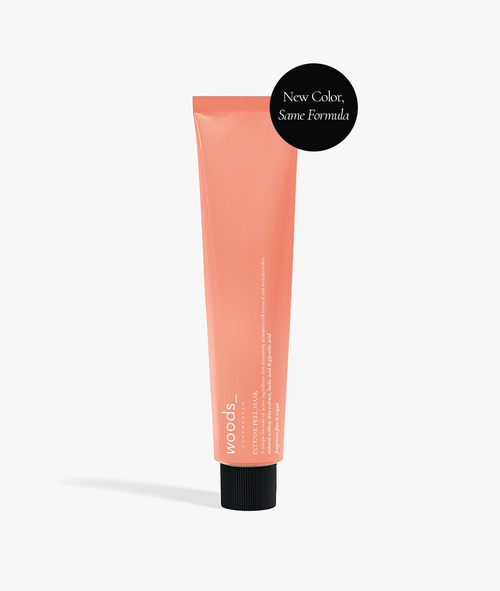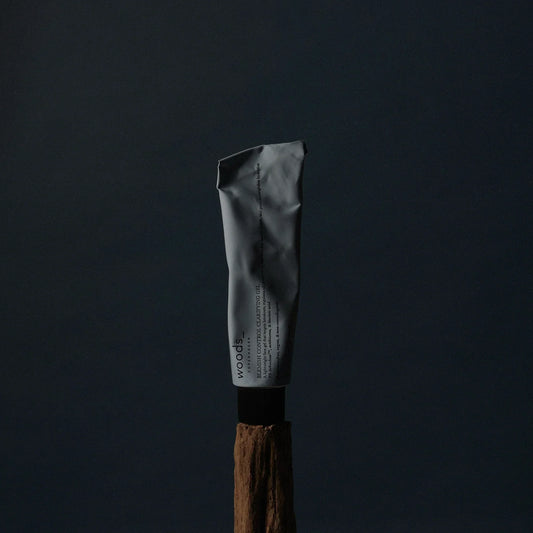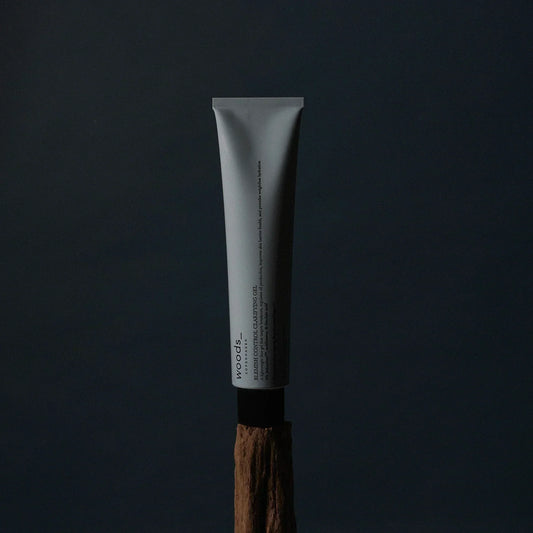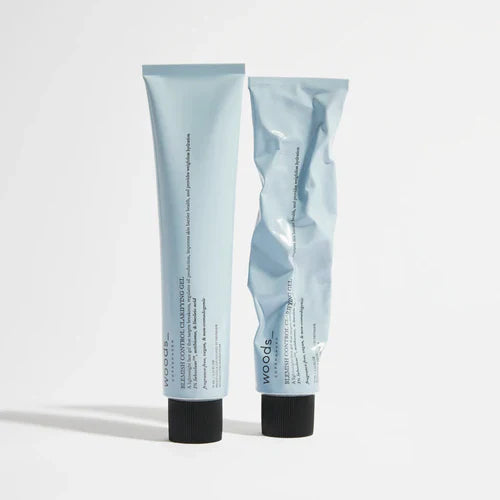What are sunspots?
Sunspots, also known as solar lentigines or age/liver spots (though they have nothing to do with age or the liver), are flat, brown, or black spots that appear on the skin due to prolonged exposure to the sun. They are caused by an overproduction of melanin (the pigment responsible for our skin, eye, and hair color), which is triggered by UV radiation.
They vary in size and shape, ranging from small freckle-like spots to larger, irregular patches, and typically develop on areas on the skin that are the most sun exposed, such as the face, hands, shoulders, and arms. The reaction is more common in older adults but can also develop in younger individuals – it all depends on frequent sun exposure and your skin’s resilience.
While sunspots are completely harmless and don’t pose any health risk, some wish to reduce their appearance for cosmetic reasons to leave their skin smoother and more even toned. Therefore, we provided a complete guide on how to prevent and treat sunspots.
How to prevent sunspots
Preventing sunspots begins and ends with sun protection. Remember to always apply a broad-spectrum sunscreen with an SPF of 30 or higher daily, even on cloudy days, and make sure to reapply every two hours or more when spending time outdoors – especially if you're swimming or sweating.
Cover yourself in protective clothing, such as wide-brimmed hats, sunglasses, and long sleeves to shield your skin from UV radiation, and seek shade during peak sun hours, which are typically between 10 a.m. and 3 p.m.
Additionally, avoid tanning beds and limit sunbathing (and make sure to do it as responsibly as possible). And remember, the damage doesn’t always show up immediately, so "better safe than sorry" should be your mantra when it comes to UV protection.
How to treat sunspots
There’re several types of treatments out there that ca help reduce the appearance of sunspots and promote a smoother, more even-toned surface of the skin. The options range from professional remedies such as chemical peels, laser resurfacing, and micro needling to at-home remedies with beneficial topical ingredients. Examples of enriching ingredients for the purpose include:
Vitamin C: Vitamin C, also known as ascorbic acid, is a multifarious, powerful antioxidant that offers several benefits for reducing the appearance of sunspots and other forms of hyperpigmentation thanks to its brightening properties. With its antioxidant powers, vitamin C also offers the skin protection against UVA and UVB rays as well as environmental damage (note: it’s not a substitute for SPF, but a supplement). Find vitamin C in our Skin Perfector 2% BHA and Skin Perfector Seboclear.
Vitamin A: Vitamin A, particularly in the form of retinoids like retinol, aids in reducing sunspots by promoting skin cell turnover, which helps to shed pigmented, damaged skin cells and reveal fresher, more evenly toned skin. Additionally, vitamin A derivatives stimulate collagen production, improving overall skin texture. Find vitamin A in our Vitamin A Treatment Cream.
Aloe vera: Aloe vera is renowned for its soothing properties. The ingredient contains the components aloin and aloesin, which act as skin-lightening agents helping to reduce the appearance of sunspots over time.
Its moisturizing properties simultaneously hydrate the skin to promote healing and reduce the appearance of sun-induced pigmentation. Additionally, aloe vera’s anti-inflammatory effects soothe irritated skin, thereby assisting in minimizing redness associated with sunspots. You can find aloe vera in various woods_ products, including our Niacinamide Repair Body Lotion og Niacinamide Lifting Mist, which are also enriched with multipurpose niacinamide, which helps minimize discolorations in the skin.
Glycolic acid: Glycolic acid, an alpha hydroxy acid (AHA), exfoliates the skin by dissolving dead skin cells, helping to fade sunspots and reveal a new, brighter layer of skin cells, promoting a more even-toned surface. It also stimulates the skin’s natural collagen production, thereby reducing the appearance of fine lines and wrinkles while enhancing radiance. Find glycolic acid in our Intense Peel Mask.
Sunspots, skin cancer, melasma: How to know the difference
You should always react whenever you notice irregular changes in the skin, such as discoloration. Here is a comprised insight into some of the different types of skin conditions, and how to differentiate them.
Sunspots (solar lentigines)
… are flat, brown spots that appear on sun-exposed areas of the skin, such as the face, hands, arms, and shoulders.
Melasma
… is a common skin condition characterized by brown or gray patches on the face, particularly on the cheeks, forehead, chin, and above upper lips.
Skin cancer
... is a disease characterized by the abnormal growth of skin cells, typically caused by DNA damage from UV radiation.
Birthmarks
… are unique skin markings that come in various shapes, sizes, colors, and textures. They can be found anywhere on the body and are harmless; yet some may require medical attention if they grow, change in appearance, or cause discomfort.
How to spot the difference
- Sunspots and melasma typically have a uniform brown color and well-defined borders. They are usually flat and do not change much in appearance over time.
- Skin cancer, on the other hand, may exhibit irregular borders, variations in color (such as red, white, or blue), and changes in size or shape. Skin cancer lesions may also be raised or have a rough texture.
- If you notice any suspicious changes in your skin, such as new growths, changes in existing moles, or persistent sores, it’s essential to consult a dermatologist or doctor for an evaluation and possible biopsy to rule out skin cancer.
Read more about the different types of hyperpigmentation and how to treat them in our blogpost Hyperpigmentation: From cause to treatment.
Source:
- Santos-Longhurst, A. (2018) Are Sunspots on the Skin Cancerous? Comparing Different Types of Skin Lesions, medically reviewed by Cobb, C, healthline.com
- Cirino, E. (2023) Can You Treat Skin Pigmentation with Aloe Vera? Medically reviewed by Cobb. C, healthline.com
Related Products
More posts
-
Adult acne: from cause to treatment
While many associate acne and blemishes with the turbulent teenage years, the reality is that many adults continue to grapple with breakouts well into their 20s, 30s, and beyond. But...
Read more -
Skincare for teens: a step-by-step guide
Navigating skincare as a teenager (or honestly, just as much as an adult) can feel like a maze. In this digital age, we’re constantly flooded with the newest trends and...
Read more -
Introducing: blemish control clarifying gel
Breakouts are one of the most common skin concerns, affecting people of all ages and skin types. And when it comes to treating blemishes, striking the perfect balance can be...
Read more
- Choosing a selection results in a full page refresh.
- Opens in a new window.





